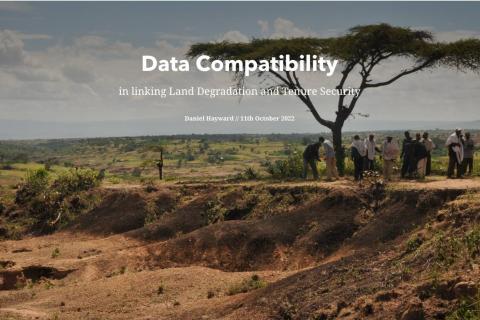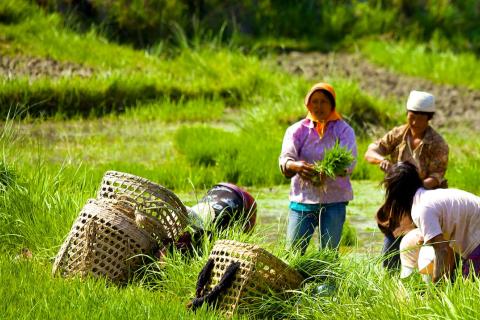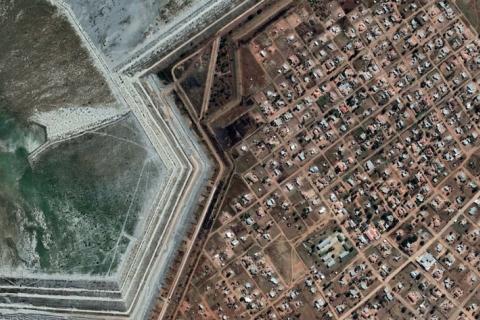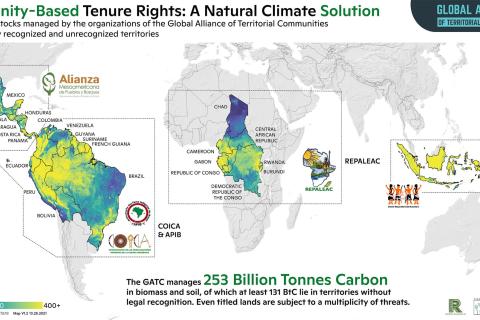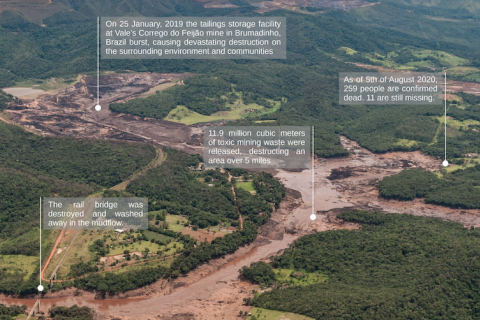Compatibilidad de Datos en la vinculación de la Degradación de las Tierras y la Seguridad de la Tenencia
En el bosque de los Tres Ríos, en el norte de Benin, el inicio de la temporada agrícola es un punto de conflicto frecuente entre las comunidades locales y los funcionarios forestales.
Es en este momento cuando se exigen tasas forestales que den permiso a los residentes para cultivar los campos o apacentar el ganado. Sin embargo, es precisamente en este momento cuando los agricultores se ven en apuros económicos para preparar sus tierras y obtener insumos para iniciar la nueva temporada.

